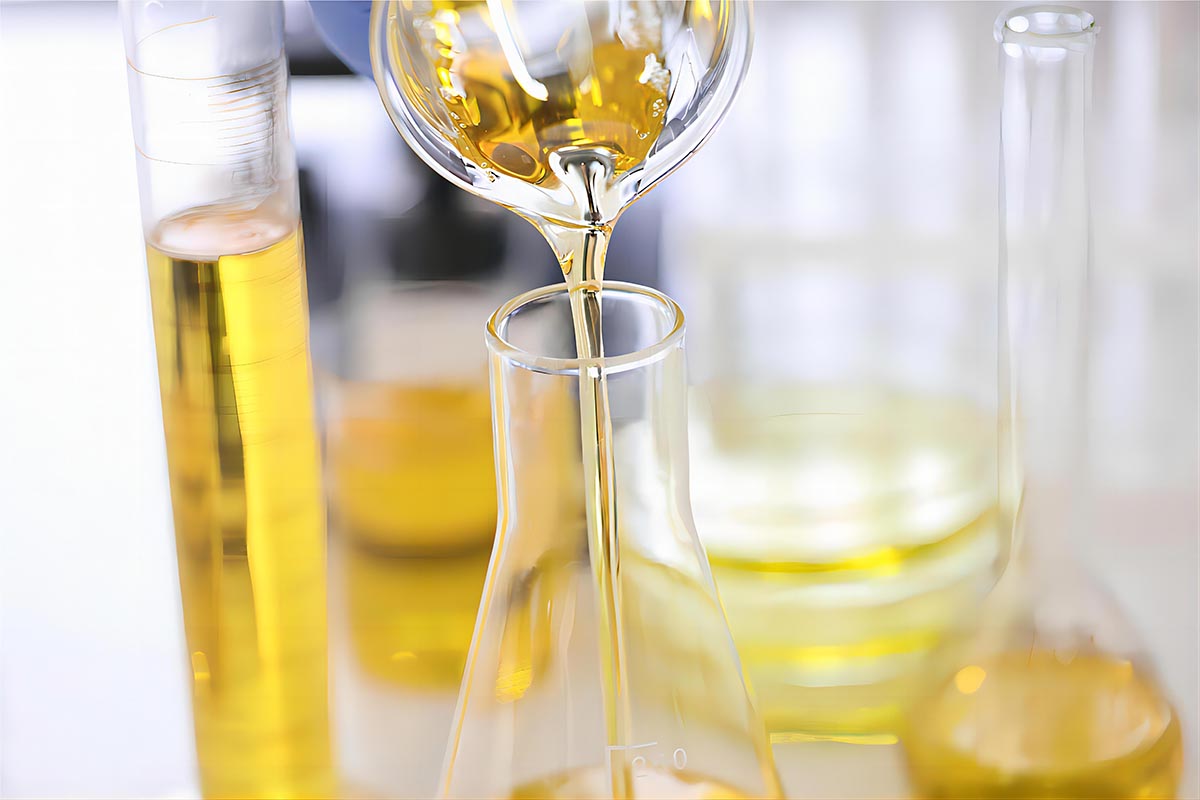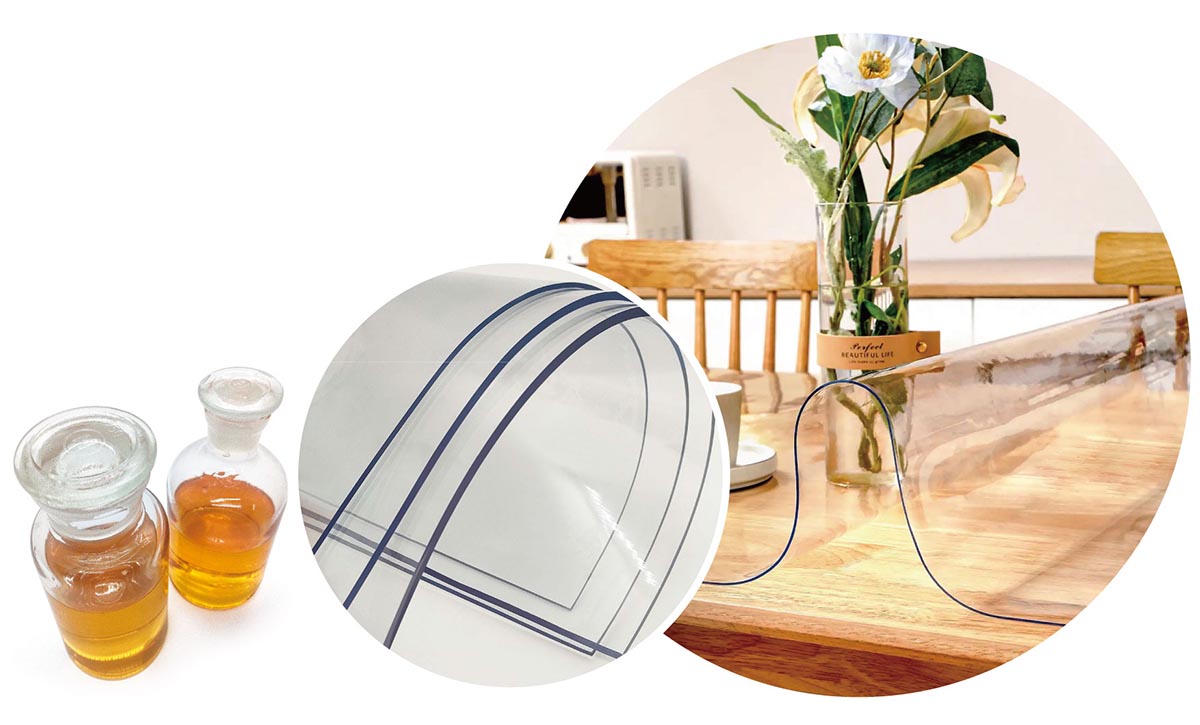Ever wondered how that glossy PVC shower curtain withstands years of steam and sunlight without cracking or fading? Or how the transparent food – packaging film keeps your groceries fresh while maintaining its crystal – clear appearance? The secret lies in a crucial yet often overlooked ingredient: PVC stabilizers. In the realm of calendered film manufacturing, these additives are the silent architects that transform ordinary polyvinyl chloride (PVC) into high – performance materials. Let’s peel back the layers and explore their indispensable role in the process.
The Basics of Calendered Films and PVC Vulnerabilities
Calendered films are produced by passing a heated PVC compound through a series of rollers, which flatten and shape it into a thin, uniform sheet. This process is widely used to create products like packaging materials, industrial covers, and decorative films due to its efficiency and ability to produce consistent thicknesses. However, PVC has an Achilles’ heel: its molecular structure contains unstable chlorine atoms that make it highly susceptible to degradation when exposed to heat, light, and oxygen.
During the calendering process, PVC is subjected to high temperatures (ranging from 160°C to 200°C) to ensure proper melting and shaping. Without protection, the material rapidly degrades, releasing hydrochloric acid (HCl) and causing discoloration, brittleness, and loss of mechanical properties. This is where PVC stabilizers step in as the ultimate problem – solvers.
The Multifaceted Roles of PVC Stabilizers in Calendered Film Manufacturing
1. Heat Shield: Preserving Integrity During Processing
The primary function of PVC stabilizers in calendering is to safeguard the material from thermal degradation. High – temperature exposure during the roller – pressing process can trigger a chain reaction in PVC, leading to the formation of conjugated double bonds that turn the material yellow or brown. Stabilizers work by:
Absorbing Hydrochloric Acid: They react with the HCl released during PVC decomposition, preventing it from catalyzing further degradation. For example, metal – based stabilizers like calcium – zinc or barium – zinc complexes trap HCl molecules, neutralizing their harmful effects.
Replacing Unstable Chlorine Atoms: Stabilizers’ active components, such as metal ions, substitute the weak chlorine atoms in the PVC chain, creating a more stable molecular structure. This significantly extends the material’s thermal lifespan during the high – heat calendering process.
2. Color Guardian: Maintaining Aesthetic Appeal
In applications where visual clarity matters—like food packaging or transparent curtains—color stability is non – negotiable. PVC stabilizers play a pivotal role in preventing discoloration:
Antioxidant Action: Some stabilizers, especially those containing organic compounds or phosphites, act as antioxidants. They scavenge free radicals generated by heat or light exposure, stopping them from attacking the PVC molecules and causing yellowing.
UV Resistance: For outdoor – used calendered films, stabilizers with UV – absorbing properties shield the material from the sun’s harmful rays. This is crucial for products like garden furniture covers or greenhouse films, ensuring they retain their color and strength over time.
3. Performance Enhancer: Boosting Mechanical Properties
Calendered films need to be flexible, durable, and resistant to tearing. PVC stabilizers contribute to these qualities by:
Lubricating the Melt: Certain stabilizers, such as metal – soap – based types, also function as internal lubricants. They reduce friction within the PVC compound during calendering, allowing it to flow smoothly between the rollers. This results in a more uniform film with better surface finish and fewer defects.
Enhancing Long – Term Stability: By preventing degradation, stabilizers preserve the film’s mechanical properties over its lifespan. For instance, a PVC – based industrial conveyor belt cover treated with high – quality stabilizers maintains its flexibility and tensile strength even after years of heavy use.
4. Environmental Ally: Meeting Safety Standards
With growing environmental and health concerns, modern PVC stabilizers are designed to be eco – friendly. For calendered films used in food packaging or medical applications, stabilizers must:
Be Non – Toxic: Non – heavy – metal stabilizers like calcium – zinc blends have replaced traditional lead – based options. These are safe for direct contact with food and comply with strict regulatory standards (e.g., FDA in the US or EU food safety regulations).
Reduce Environmental Impact: Some manufacturers are exploring biodegradable or recyclable stabilizer options, ensuring that calendered films can be disposed of or reused without harming the planet.
Case Studies in Calendered Film Applications
Food Packaging: A major food company switched to calcium – zinc – stabilized PVC calendered films for their snack packaging. The stabilizers not only met food – safety requirements but also improved the film’s heat – sealability and resistance to oil and moisture, extending the products’ shelf life.
Construction: In the building industry, calendered PVC films with UV – stabilizing additives are used as waterproof membranes. These films can withstand harsh weather conditions for decades, thanks to the protective properties of the stabilizers, reducing the need for frequent replacements.
The Future of PVC Stabilizers in Calendered Films
As technology advances, the demand for more efficient and sustainable PVC stabilizers in calendered film manufacturing continues to grow. Researchers are developing:
Multifunctional Stabilizers: These combine heat, UV, and antioxidant protection in a single formulation, simplifying the manufacturing process and reducing costs.
Bio – Based Stabilizers: Derived from renewable resources, these eco – friendly alternatives aim to minimize the environmental footprint of calendered films without sacrificing performance.
In conclusion, PVC stabilizers are far more than just additives—they are the backbone of calendered film manufacturing. From protecting materials during high – heat processing to ensuring safety and longevity in end – use products, their impact is undeniable. As industries strive for innovation and sustainability, these unsung heroes will undoubtedly play an even more critical role in shaping the future of calendered films.
TOPJOY Chemical Company has always been committed to the research, development, and production of high-performance PVC stabilizer products. The professional R&D team of Topjoy Chemical Company keeps innovating, optimizing product formulations according to market demands and industry development trends, and providing better solutions for manufacturing enterprises. If you want to learn more information about PVC stabilizers, you are welcome to contact us at any time!
Post time: May-29-2025



